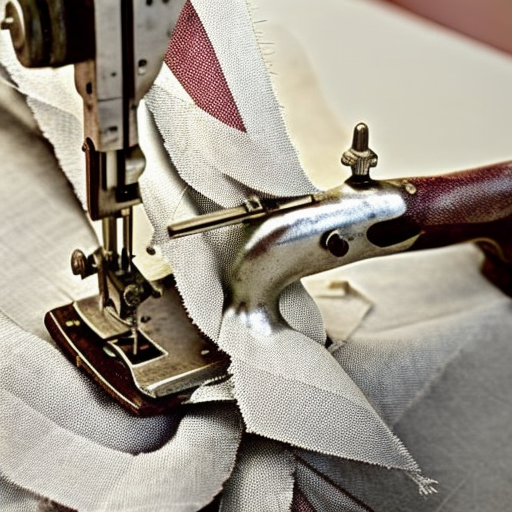sewing.jpg” alt=””>
Introduction
Historical sewing techniques provide valuable insights into the craftsmanship and artistry of the past. These techniques not only showcase the skill of sewing but also offer a window into the culture and fashion of bygone eras.
The Significance of
Understanding historical sewing techniques allows us to appreciate the evolution of clothing construction throughout history. It allows us to understand the various methods employed by our ancestors to create beautiful, intricate garments. By studying these techniques, we gain a deeper appreciation for the craftsmanship and dedication that went into creating clothing before modern advancements.
Examples of
1. Hand-Sewn Embroidery

Embroidery is an ancient art form that involves decorating fabric using needle and thread. Hand-sewn embroidery techniques have been used throughout history to embellish garments with intricate designs and patterns. From delicate floral motifs to elaborate pictorial scenes, embroidery adds a touch of artistry and individuality to clothing.
2. Corsetry

Corsetry, popular from the 16th to the early 20th century, involved the construction and use of corsets. These undergarments were meticulously crafted to shape and support the female silhouette, emphasizing the waist while providing structural support. The techniques used in corset construction involved intricate boning, lacing, and stitching to achieve the desired shape and fit.
3. Tailoring

Tailoring refers to the creation of custom-fitted garments using specific techniques such as darts, pleats, and tucks. Throughout history, tailoring has been essential in creating well-fitted clothing, providing structure and enhancing the wearer’s appearance. The precise cutting and sewing techniques employed by tailors have been refined over centuries and continue to be relevant in modern clothing construction.
Preserving
Preserving and documenting historical sewing techniques is crucial in maintaining our connection with the past. Museums, historical societies, and dedicated artisans play a significant role in researching, teaching, and practicing these techniques. By sharing their knowledge and skills, future generations can continue to appreciate and learn from the artistry of historical sewing techniques.
Conclusion
Historical sewing techniques offer a glimpse into the ingenuity and creativity of our ancestors. From intricate hand-sewn embroidery to the construction of corsets and tailoring, these techniques are a testament to human craftsmanship and innovation throughout history. By studying and preserving these methods, we ensure that the legacy of historical sewing techniques continues to inspire and inform the art of sewing in the present and future.





Fascinating to learn more about these techniques.
# Fascinating to be able to experience the art and skill of using these ancient techniques to create garments, and gain a new appreciation for the craftsmanship and hard work that went into making clothes from centuries past!